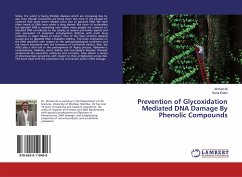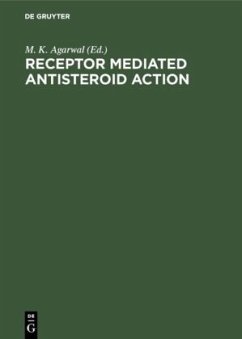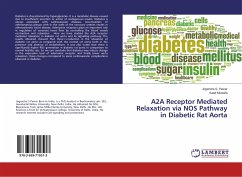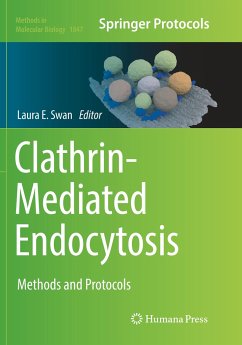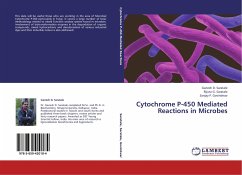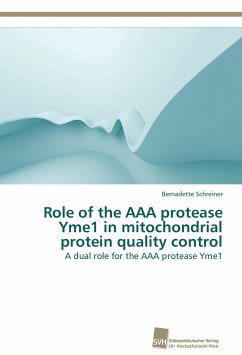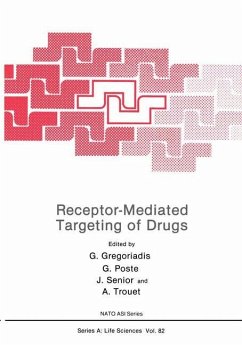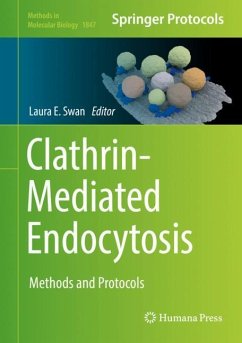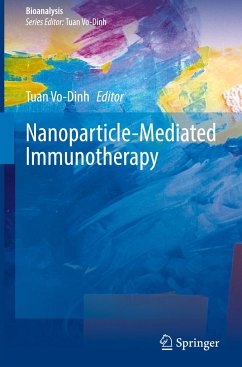
About nonsense-mediated quality control mechanisms in mammals
Graduate School for Cellular and Biomedical Sciences
Versandkostenfrei!
Versandfertig in 6-10 Tagen
36,99 €
inkl. MwSt.

PAYBACK Punkte
18 °P sammeln!
In order to assure the high accuracy of gene expression, eukaryotes have evolved diverse quality- control mechanisms that recognize and degrade messenger RNAs (mRNAs) that fail to encode a complete and functional protein. Nonsense-mediated mRNA decay (NMD) recognizes and degrades mRNAs that harbor a premature translation termination codon (PTC). Yet, the molecular mechanism of NMD is not solved. A central step is the distinction of a PTC from a normal translation termination codon. We found that normal mRNAs can be turned into an NMD substrate by elongating the 3 untranslated region (3 UTR) in...
In order to assure the high accuracy of gene expression, eukaryotes have evolved diverse quality- control mechanisms that recognize and degrade messenger RNAs (mRNAs) that fail to encode a complete and functional protein. Nonsense-mediated mRNA decay (NMD) recognizes and degrades mRNAs that harbor a premature translation termination codon (PTC). Yet, the molecular mechanism of NMD is not solved. A central step is the distinction of a PTC from a normal translation termination codon. We found that normal mRNAs can be turned into an NMD substrate by elongating the 3 untranslated region (3 UTR) in mammalian cells. Furthermore, PTC- containing mRNAs can be stabilized by bringing the poly(A) tail in close spatial proximity of the PTC, and consistently, PTC-containing mRNAs are stabilized by tethering of poly(A)-binding protein. Together with studies performed in other eukaryotes, we propose an evolutionary conserved, unified model for PTC recognition. Most importantly, these results demonstrate that spatial rearrangements of the 3 UTR can modulate the NMD pathway and thereby provide a novel mechanism for posttranscriptional gene regulation.



